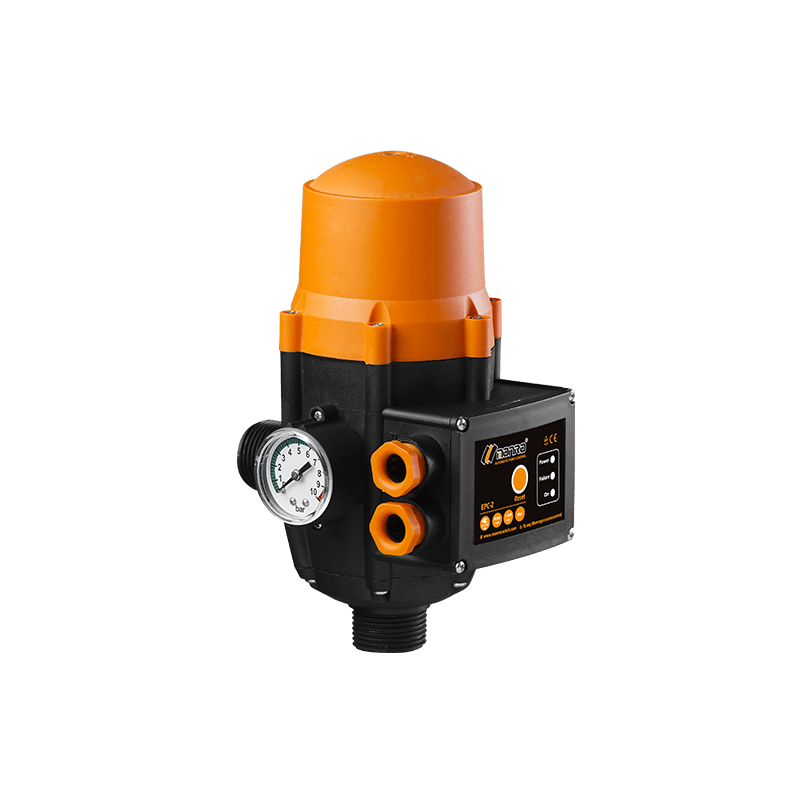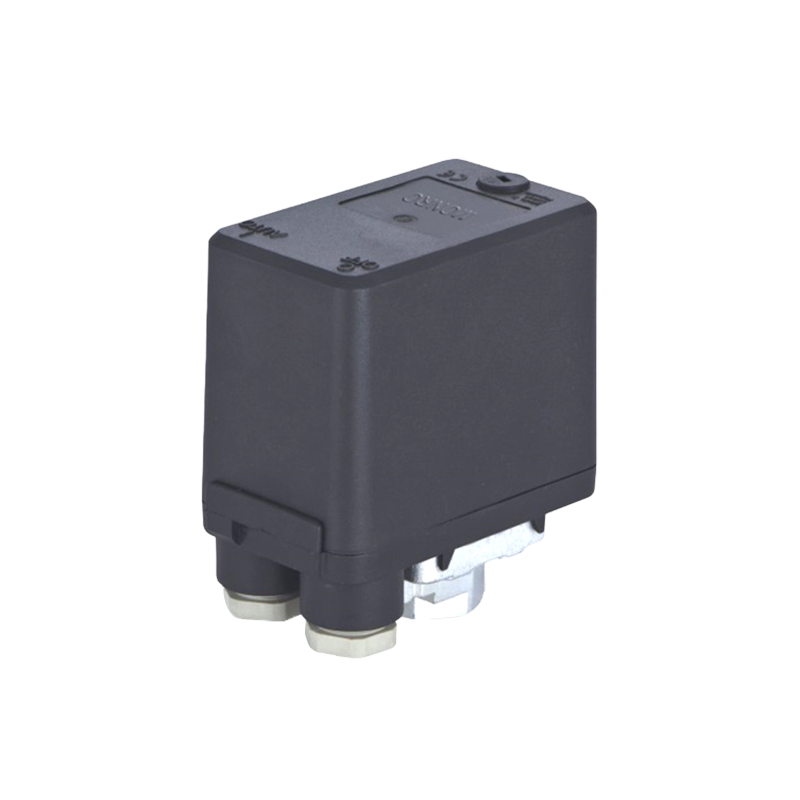Don't hesitate to send a message
Web Menu
Product Search
Exit Menu
Reducing Vibration and Shock Interference During Pressure Switch Installation
Importance of Reducing Vibrations and Shock
Pressure switches are sensitive devices that rely on accurate detection of fluid or gas pressure changes. Vibrations or mechanical shocks during operation can cause false readings, premature wear of internal components, and inconsistent performance. A Pressure Switch Factory emphasizes proper installation techniques and supporting measures to ensure that switches operate reliably, even in demanding industrial environments. Reducing vibration and shock interference is essential for maintaining measurement accuracy, prolonging equipment life, and ensuring system safety.
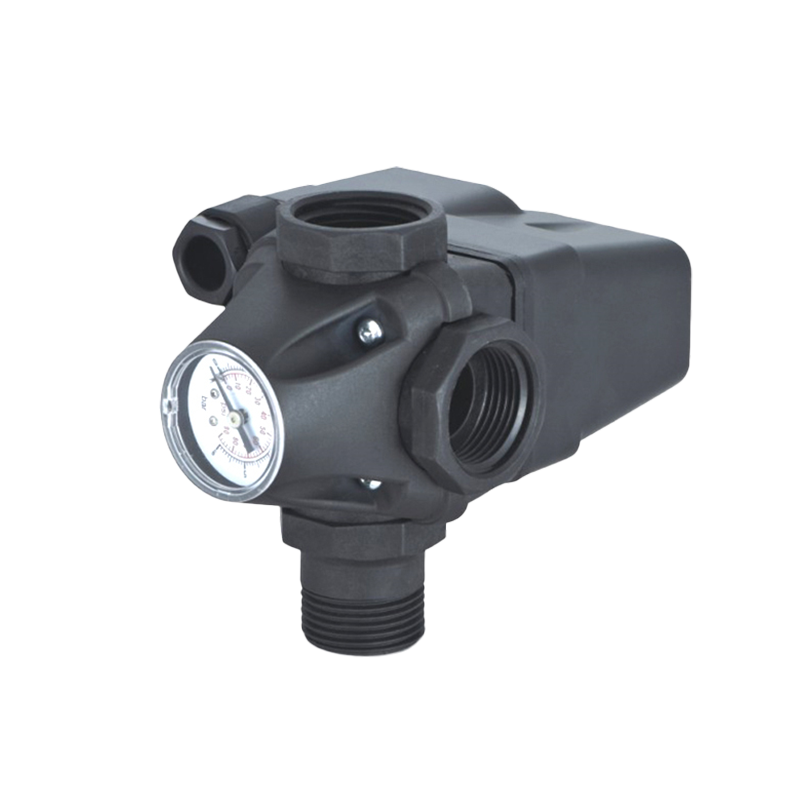
Identifying Sources of Vibration and Shock
- Mechanical Equipment: Pumps, compressors, and motors can introduce high-frequency vibrations into connected piping systems.
- Fluid Pulsations: Rapid changes in flow or pressure can cause pulses that transmit through pipelines to the switch.
- External Impacts: Environmental factors, such as accidental collisions, equipment handling, or seismic activity, may generate sudden shocks.
- Structural Resonance: Improper mounting may amplify vibrations due to resonance in supporting frames or pipes.
Proper Mounting Techniques
- Rigid and Stable Surfaces: Install pressure switches on solid, vibration-free surfaces to prevent movement during operation.
- Isolation Brackets or Pads: Use vibration-damping brackets, rubber pads, or flexible couplings to reduce transmission from adjacent equipment.
- Avoid Direct Contact with Pumps: Position switches away from high-vibration machinery whenever possible, connecting via longer lines or flexible tubing.
- Correct Orientation: Follow manufacturer recommendations for mounting orientation to prevent fluid turbulence from impacting the sensing element.
Use of Flexible Connections and Dampers
- Flexible Hoses or Bellows: Incorporating flexible connectors between the process line and the pressure switch reduces the direct transfer of vibration.
- Inline Dampers: Install pulsation dampers to absorb sudden pressure spikes, reducing mechanical stress on the switch diaphragm.
- Shock-Absorbing Fittings: Use fittings designed to absorb energy from fluid hammer or rapid surges, protecting both the sensor and associated piping.
Calibration and Pre-Installation Testing
- Baseline Calibration: Calibrate the switch in a controlled environment before installation to ensure proper actuation thresholds.
- Simulated Vibration Testing: Expose the device to anticipated vibration levels to verify that readings remain stable and repeatable.
- Adjustment of Sensitivity: Where applicable, fine-tune the pressure switch’s mechanical or electronic sensitivity to tolerate minor disturbances without false triggers.
Environmental and Structural Considerations
- Isolated Mounting Frames: Separate the switch assembly from heavy equipment or structural elements that may carry vibrational energy.
- Pipeline Support: Properly anchor and support nearby piping to reduce transmission of pulsations or mechanical oscillations to the switch.
- Temperature and Humidity Effects: Ensure that environmental factors such as thermal expansion or condensation do not amplify vibration effects.
Maintenance and Ongoing Monitoring
- Regular Inspection: Periodically check mounting integrity, vibration isolation components, and connections.
- Monitoring System Signals: Use data logging or remote monitoring to detect abnormal fluctuations that may indicate vibration interference.
- Preventive Measures: Replace worn dampers, gaskets, or flexible connectors proactively to maintain consistent performance.
Ensuring Reliable Pressure Measurement
Preventing vibration and shock interference during installation is critical for achieving accurate and consistent performance from pressure switches. A Pressure Switch Factory ensures reliability through proper mounting techniques, vibration isolation, flexible connections, and pre-installation calibration. By identifying potential sources of mechanical stress, applying appropriate dampers, and maintaining the system over time, engineers can safeguard switches against measurement errors and mechanical damage. This comprehensive approach allows pressure switches to deliver precise and repeatable readings, ensuring operational efficiency and safety in demanding industrial and commercial applications
-
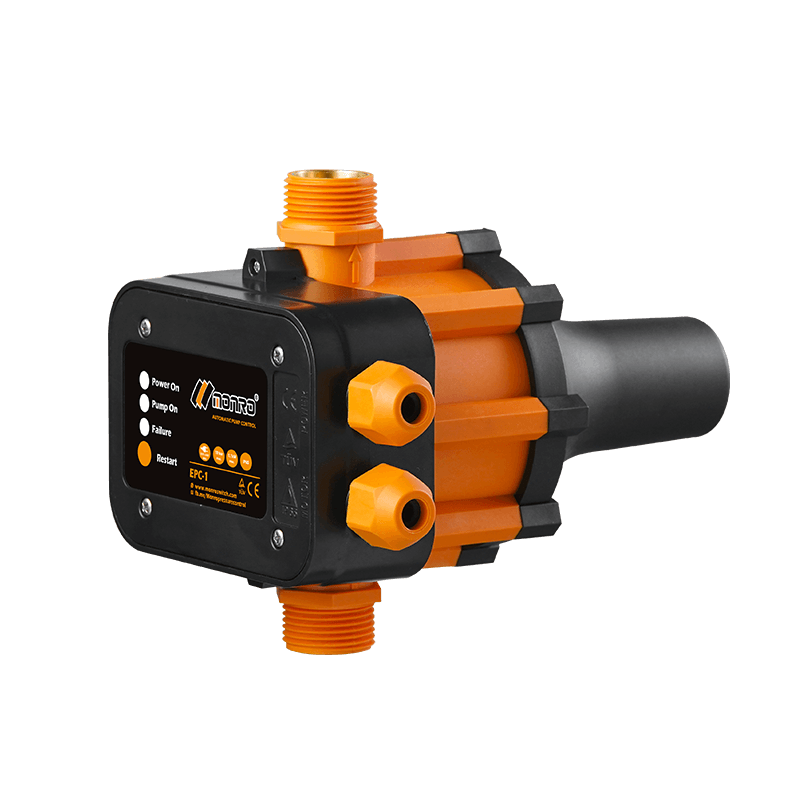 EPC-1
EPC-1Monro EPC-1 model pump controller is the classic and basic type, was loved by user in the global mar...
-
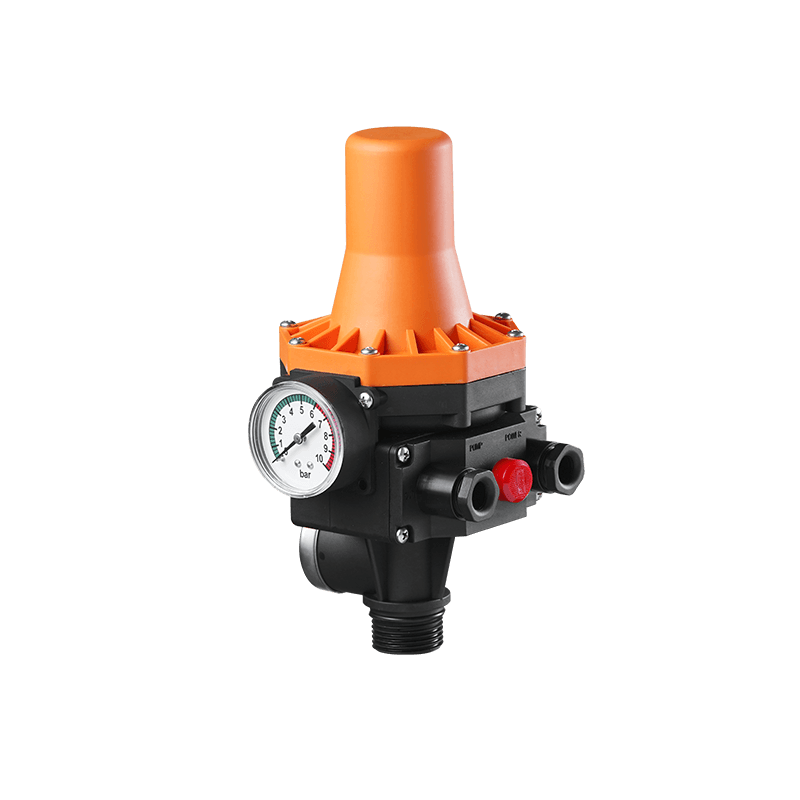 EPC-3
EPC-3Monro EPC-3 spain design auto on and off press control, an intelligent and economical system designe...
-
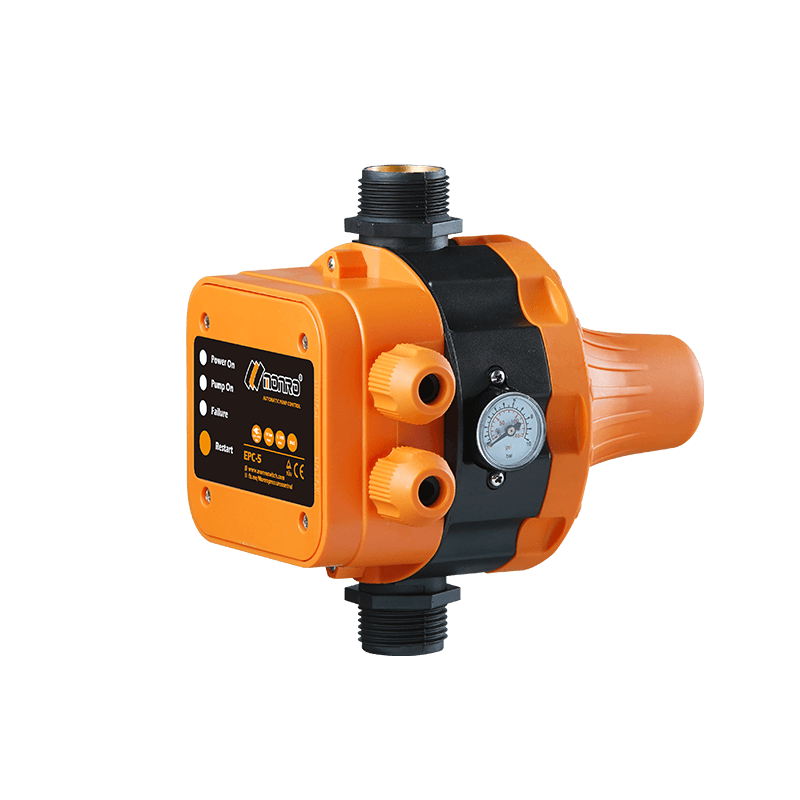 EPC-5
EPC-5Monro EPC-5 model automatic pump control, a device which assembled on the water pump (recommended si...
-
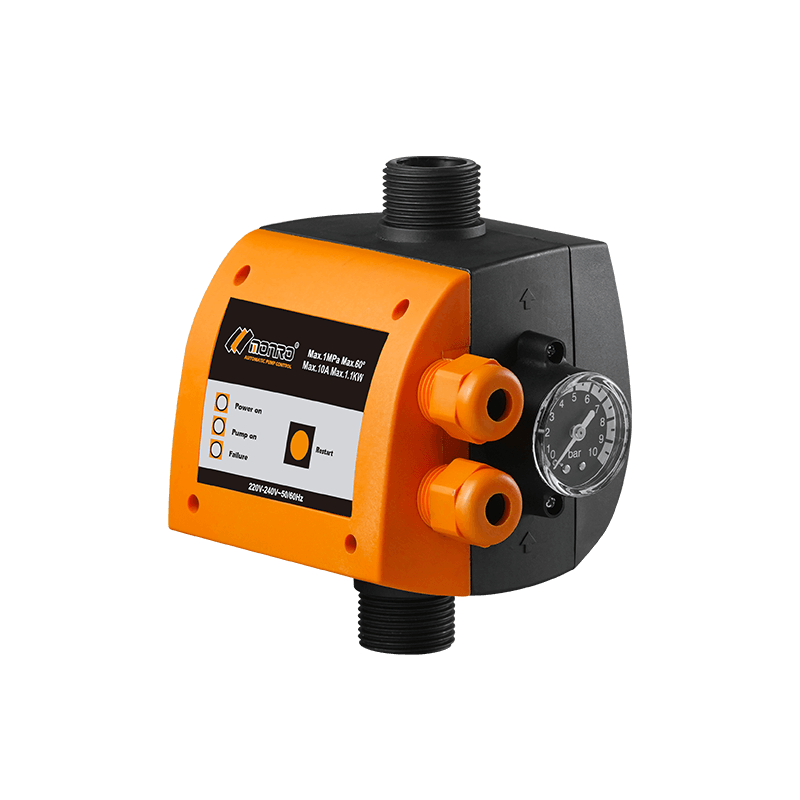 EPC-9
EPC-9Monro EPC-9 model pressure controller, is a big power device for automatic control and protection of...
-
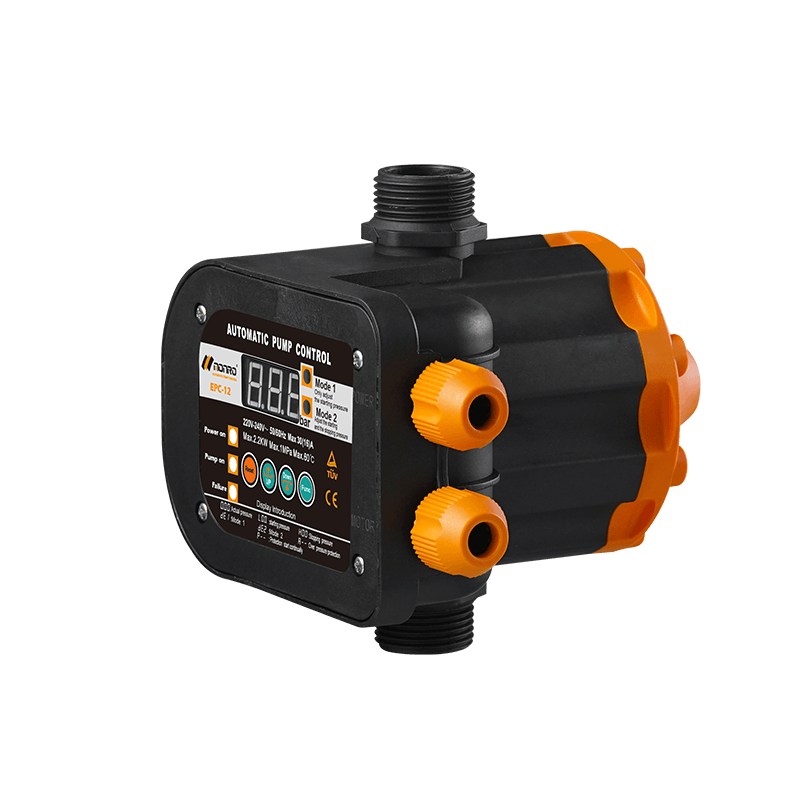 EPC-12
EPC-12Monro EPC-12 smart top-level automatic pump control is a multi-function model combined with traditio...
-
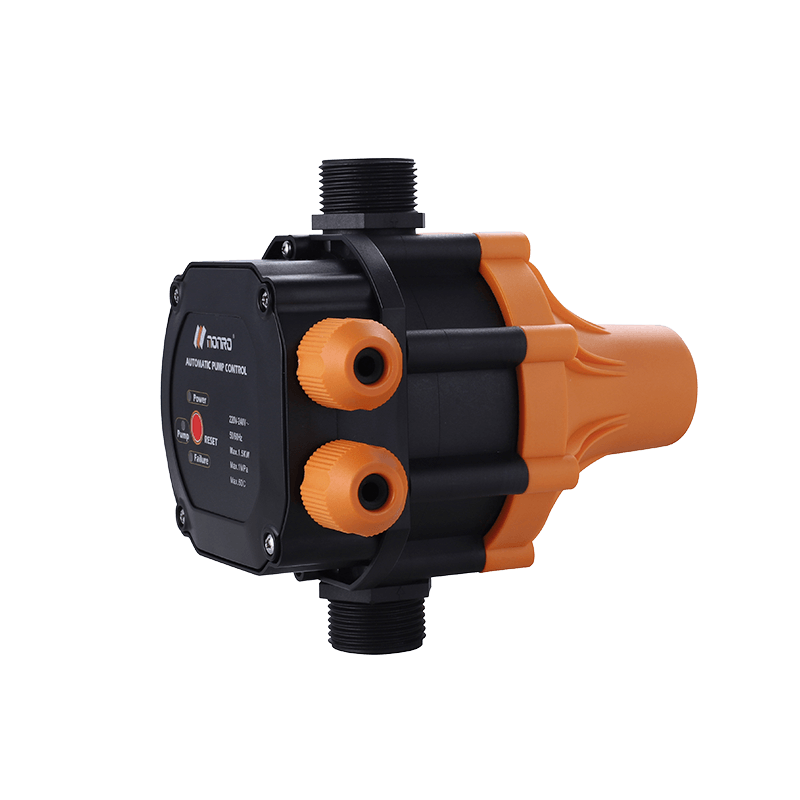 EPC-14
EPC-14Monro EPC-14 model pressure control is a big power device for automatic control and protection of el...
-
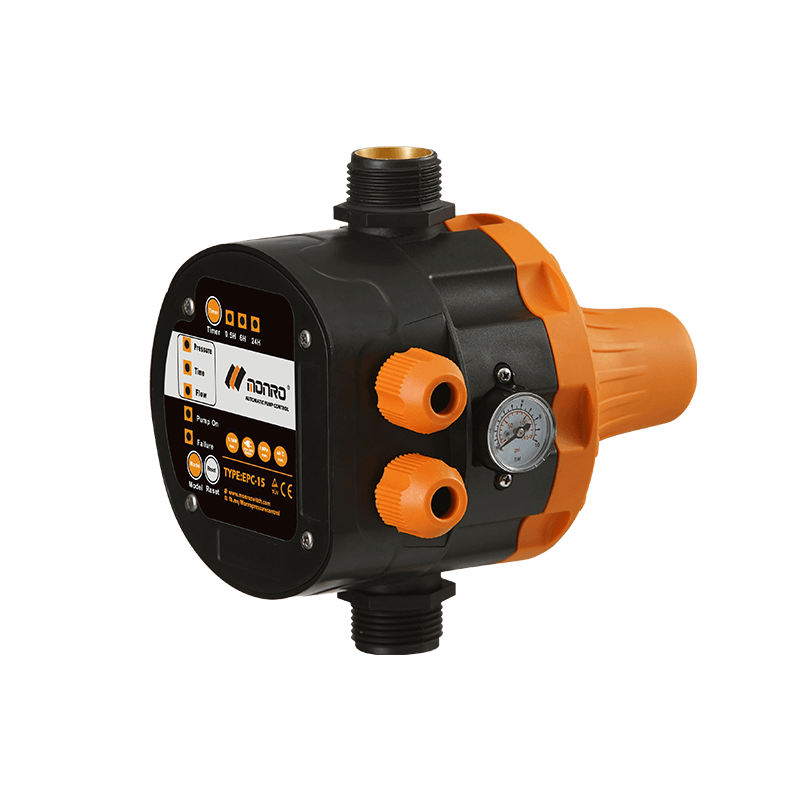 EPC-15
EPC-15Monro EPC-15 model automatic pump control, a device which assembled on the water pump (recommended s...
-
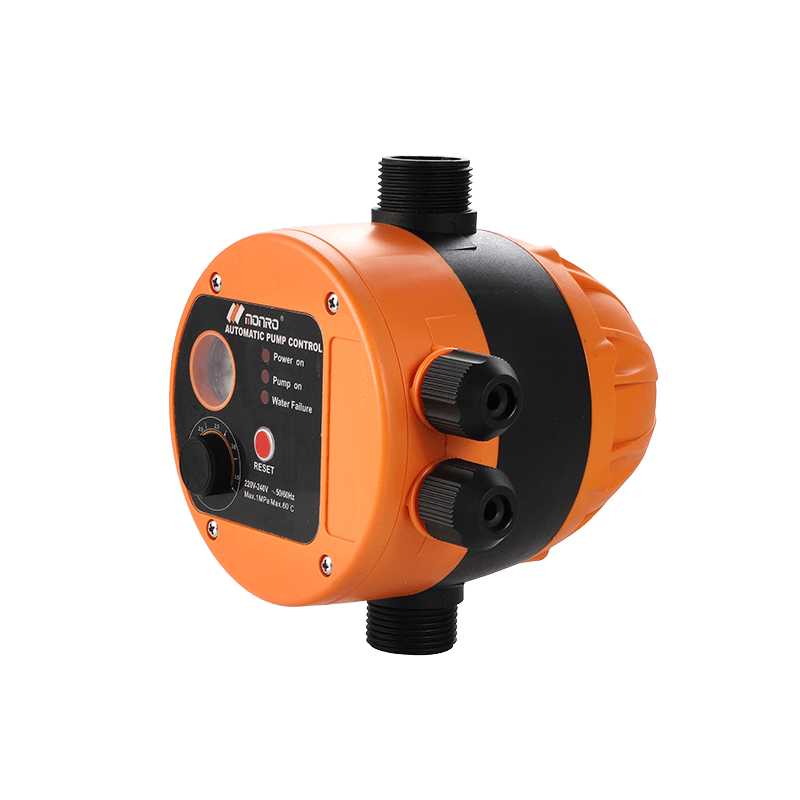 EPC-16
EPC-16EPC-16 is the new patent pump controller by Monro. Its key highlight is tooless (manual knob) start...
find our office
Committed to providing professional pressure control solutions for various types of water pumps and air compressors.

 简体中文
简体中文 English
English Español
Español